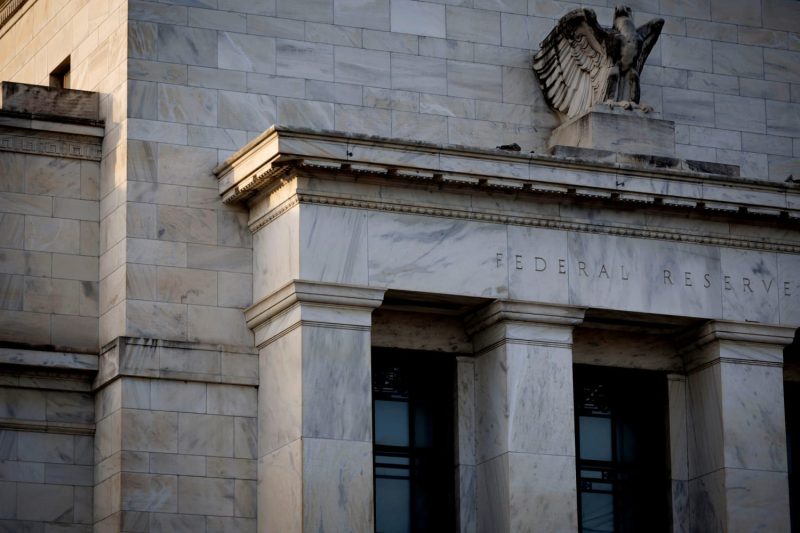In recent weeks, the financial markets have been abuzz with chatter and speculation about the Federal Reserve potentially cutting interest rates soon. The anticipation and clamoring for rate cuts have left many wondering what exactly it is that investors and traders are looking for to trigger such action from the central bank.
One of the main factors driving this expectation of rate cuts is the global economic slowdown and uncertainty surrounding trade tensions. With the ongoing trade war between the United States and China showing no signs of immediate resolution, global economic growth has taken a hit. This has led to concerns about a possible recession on the horizon.
Additionally, inflation has remained stubbornly low despite a strong labor market and robust economic growth in the U.S. This divergence has puzzled policymakers and investors alike, leading many to believe that a rate cut could help stimulate inflation and prevent the economy from slipping into a deflationary spiral.
Furthermore, the recent inversion of the yield curve has sent shivers down the spines of market participants. Historically, an inverted yield curve, where short-term interest rates are higher than long-term rates, has been a reliable predictor of economic downturns. Many see this as a signal for the Federal Reserve to act preemptively to ward off a potential recession.
Another key consideration for the Fed is the impact of its monetary policy on the stock market. Given the strong correlation between Fed actions and equity prices, investors are closely watching for any signs of dovishness from the central bank. A rate cut could potentially provide a boost to stock prices and help sustain the decade-long bull market.
In addition to these external factors, the Federal Reserve faces internal pressures as well. President Trump has been vocal in his criticisms of the Fed, calling for aggressive rate cuts to stimulate economic growth. While the central bank maintains its independence, the political pressure adds another layer of complexity to the decision-making process.
Overall, the markets are eagerly awaiting the Federal Reserve’s next move, with many expecting a rate cut in the near future. Whether the central bank will act swiftly to address the concerns of investors and traders remains to be seen, but one thing is certain – the clamoring for rate cuts reflects the growing unease and uncertainty pervading the financial markets.
